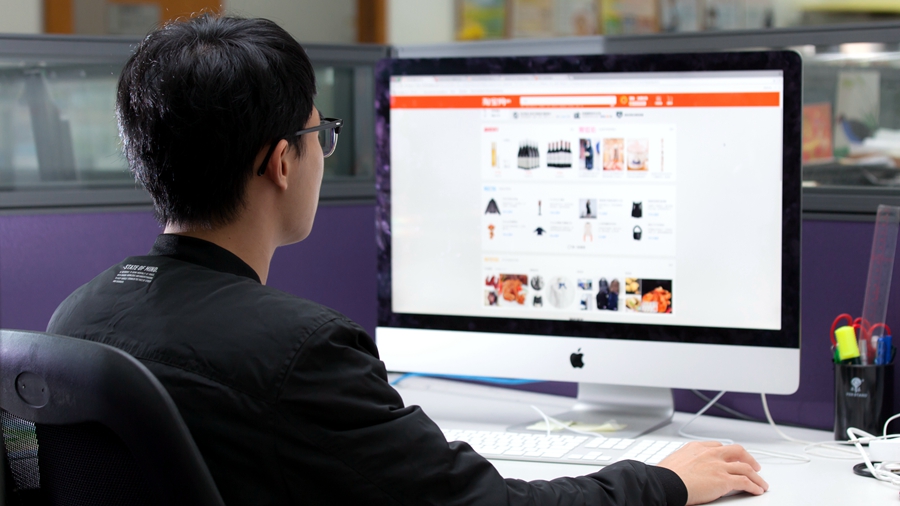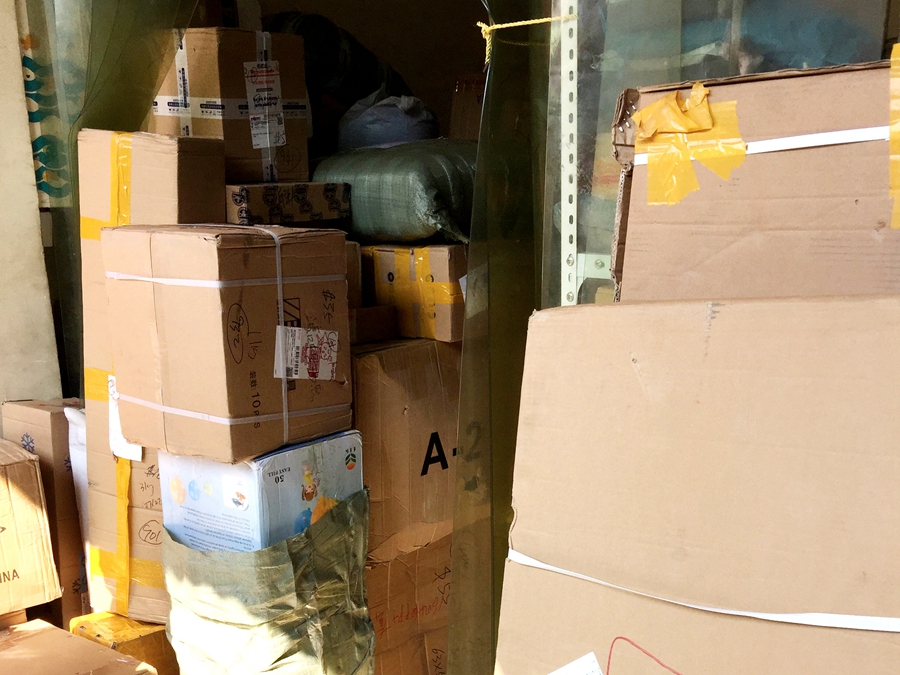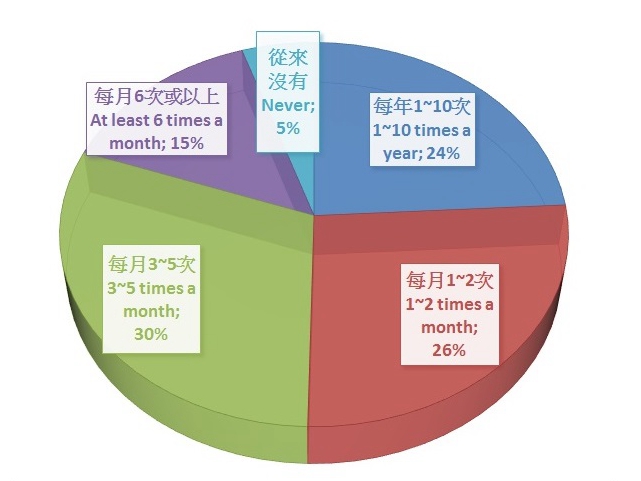Online shopping has become increasingly common in recent years. Many young people prefer this shopping mode for the variety of choices, cheap prices, and convenience. My UM recently conducted a survey on UM students’ online shopping habits. According to the 278 survey forms we received, online shopping is a prevalent practice among UM students, with over 70 per cent of the students doing online shopping every month, some more than six times a month.
The Biggest Single Purchase
Sharon Jiang, a master’s
student from the Department of Communication majoring in communication and new
media, began online shopping about ten years ago, primarily for its
convenience. Her biggest single online purchase took place about three years
ago, when she spent about MOP 6,000 in total. ‘But after I received the order,
I found that some of the items didn’t match the descriptions or pictures given
online, so I had to either give them away or throw them away,’ she says.
Our survey has found that 27 percent of the students who habitually do online shopping dispose of unsatisfactory items in the same way as Jiang, by throwing them away along with the packaging. Jiang admits that she never thought about how online shopping would worsen environmental pollution until six months ago, when she bought a phone case and was astonished to see that the case, which was only the size of a palm, was wrapped in layer upon layer of cloth and plastic wraps with a big box. ‘It really is unnecessary to try to win good reviews from the customers with excessive packaging for a phone case that is only worth ten bucks,’ she says. Jiang realised from that experience that when she clicks the ‘purchase’ button, she is inadvertently contributing to environmental pollution. So now she only buys what she really needs instead of what she wants in order to avoid wastage and pollution.
The Biggest Draw
According to our survey, 30 per cent of UM students do online shopping three to
five times a month, while 15 per cent of the students shop online more than six
times a month. Liang Xiandan, a second-year student from the Faculty of
Business Administration, does online shopping once a week on average. She
mainly browses the shopping websites during breaks between classes or while she
is waiting for the bus. ‘As online shopping becomes more and more popular, I am
visiting physical stores less and less, but I am spending more and more time in
front of my computer or on my smart phone,’ she says. With the bewildering
array of choices available online, she spends close to two hours every week
doing online shopping. Variety and cheap prices are the biggest draw for her.
She buys clothes and daily necessities most frequently, sometimes buying half a
year’s worth of these things. ‘But because of this habit, every corner of my
dorm room is overflowing with the things I bought online,’ she says.
Excessive Packaging
Online shops usually package excessively to ensure the merchandise is in good condition
when it arrives at the buyer’s place. But the sticky tapes used in packaging usually
take several hundred years to completely degrade.
After unwrapping the merchandise, most young people would just throw away the box and sticky tapes. Only a few environmentally conscious buyers will do waste sorting. Liang has received many orders with excessive packaging, and she is now beginning to realise the havoc online shopping could wreak on the environment. ‘In the past, I usually bought without thinking about environmental pollution,’ she says. ‘But now seeing the excessive packaging and how many items didn’t match the descriptions, I remind myself to cut back on online shopping.
Rational Consumption
Qiu Dingchuan, a master’s student from the Department of Sociology majoring in
criminology and criminal justice, also does online shopping habitually. But he
is a rational consumer. ‘I will only buy what I need,’ he says. ‘Some consumers
are lured by discounts and end up buying many things they don’t really need.’ Qiu
received a bachelor’s degree in sociology from UM. During his last year of
undergraduate studies, he took a course in the sociology of consumption by Prof
Melody Lu and gained a deeper understanding of consumer psychology and
behaviour. ‘Online shopping has become a mass phenomenon, driven by artificial
manipulation. The various promotional gimmicks and newly coined phrases will
make you feel consumption is a good thing, something to be proud of. So young
people want to keep buying,’ he says. ‘If we don’t know these manipulations, we
are likely to led by the nose and end up buying more than we intend to.’
Why Online Shopping Becomes So Popular
Prof Lu, who seldom does online
shopping, jokingly refers to herself as a ‘dinosaur’ in the modern world. During
her spare time, she loves to browse boutique shops for authentic merchandise,
which she believes is one way to support small shops and community development.
As to why online shopping has become so prevalent, she says, ‘The government,
the science and technology industry, the finance industry, the logistics and
transport industry, the buyers, and the sellers all play a part. It is the
result of the collaboration between all these parties. But why does online
shopping become popular now, not earlier? Why do so many young people love
online shopping?’ She cites a research study she once conducted in order to
answer these questions. ‘Our study has found that a sluggish economy, high
unemployment rate among young people, and low levels of upward social mobility
will result in an increase in unnecessary spending because when you can’t
accumulate wealth and you can’t afford to buy houses and cars, you feel
uncertain about the future, so you tend to buy other things to satisfy your
desire for consumption.’
Prof Lu believes it is very hard for young people to resist the temptation to do online shopping. ‘If someone could design an App to calculate all the cost involved in online shopping, such as the buyer’s disposable income (financial cost), search time and environmental pollution (social cost), and the space needed for the new purchases (spatial cost), then you will see that the things you buy actually cost much more than you realise,’ she says.







